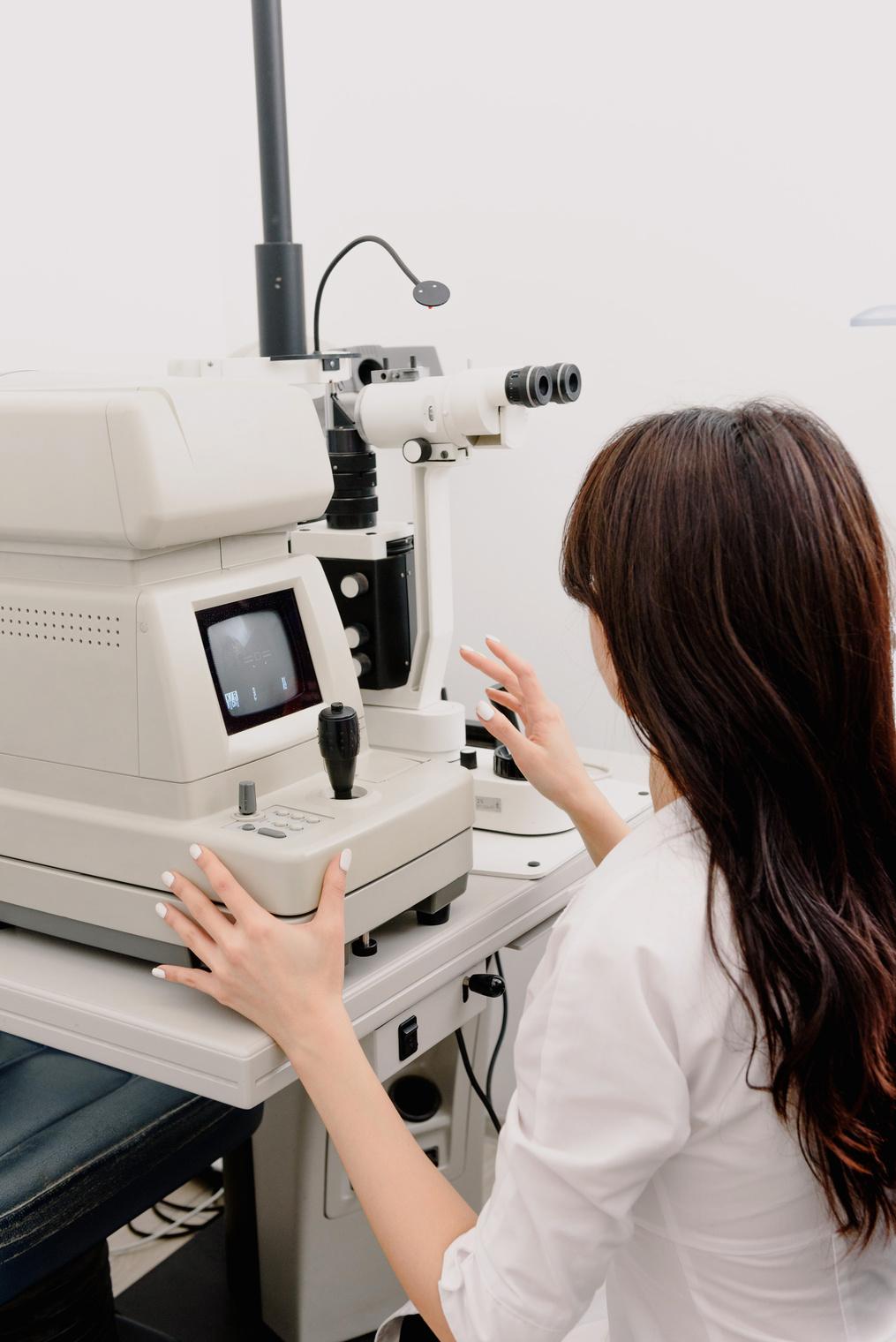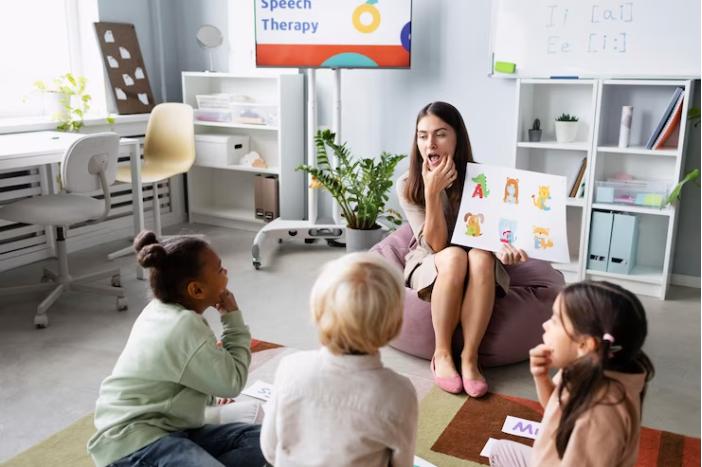8/1-7,SiruvaniSchemeRd,Siruvani
Nagar,BehindVembuAvenue, AnanthaNagar, Coimbatore-641041.


8/1-7,SiruvaniSchemeRd,Siruvani
Nagar,BehindVembuAvenue, AnanthaNagar, Coimbatore-641041.



1)Speechtherapyisaspecializedformoftreatment thathelpspeopleimprovetheircommunicationskills
2)Speechtherapytreatsspeech,language,and communicationdisorderslikearticulation,stuttering, voiceproblems,andlanguagedifficulties.
3)Speechtherapybenefitsallages,frominfantsto adults.Crucialforkidsstrugglingwith communicationdevelopment,itoffersearly interventiontopreventorlessendisorders.
4)Speechtherapyisapersonalizedtreatmentthatis tailoredtotheindividual'sspecificneeds.
1)ArticulationDisorders:Discussdifficultiesinproducing specificspeechsoundscorrectly.
2)FluencyDisorders:Explaindisruptionsinthenormalflow ofspeech,likestuttering.
3)VoiceDisorders:Describeproblemswithpitch,volume,or qualityofthevoice.
4)LanguageDisorders:Addresschallengesinunderstanding andusinglanguage,includingexpressiveandreceptive aspects.
5)PragmaticDisorders:Exploreissueswithusinglanguagein socialcontexts,includingnonverbalcuesandconversational rules.
Developmental Factors: Explaining how genetics and neurological differences can contribute to speech disorders.
Acquired Conditions: Discuss instances where speech disorders result from trauma, injury, or medical conditions.
Environmental Factors: Mention how lack of exposure to language-rich environments can affect speech development.
HearingLoss:Highlightthelinkbetweenhearing impairmentandspeechdevelopment.
Intellectual Disabilities: Address the higher prevalence of speech disorders among individuals with cognitive challenges.

Initial Evaluation: Describe the process of observing and testing a patient's speech and language skills.

Collaborative Approach: Highlight the importance of involving caregivers and teachers in the assessment process.
Standardized Tests: Explaining the use of assessment tools to measure speech abilities and identify areas of concern.
Case History: Discuss gathering information about a patient's medical history and developmental milestones.
Diagnosis: Emphasize the role of SLPs in diagnosing specific speech disorders and creating tailored treatment plans.

1 2 3
Articulation Therapy:
Explaining exercises and drills to improve specific speech sound production.
Language Intervention:
Describe strategies to enhance vocabulary, grammar, and overall language comprehension.
Voice Therapy:
Highlight exercises to improve vocal quality, pitch, and resonance.
4
Fluency Shaping:
Discuss techniques to manage and reduce stuttering, like controlled breathing and slow speech.
5
Augmentative and
Alternative Communication:
Introduce AAC methods for individuals with severe communication impairments.

Goal Setting: Explaining the process of setting achievable speech and communication goals for each patient.

Tailored Approaches: Discuss the need to adapt therapy techniques based on the patient's age, needs, and progress.
Frequency and Duration: Mention the recommended frequency and duration of therapy sessions.
Home Practice: Highlight the importance of practicing speech exercises and strategies outside of therapy sessions.
Monitoring and Adjustments: Emphasize the iterative nature of therapy, where plans are modified based on progress.
Providing quality and beneficial service for the health and welfare of the community
Impact on Education
Discuss how untreated speech disorders can affect academic success.
Social and Emotional Well-being
Address the potential for communication challenges to lead to self-esteem issues.
Long-term Benefits
Highlight the positive impact of early intervention on overall communication skills.

Family Involvement
Encourage caregivers to seek help if they suspect speech delays in their child.
Discuss the effectiveness of using games and activities to keep therapy sessions engaging for children.

Describe how role-playing scenarios can help individuals practice real-life communication situations.
Highlight how storytelling can improve language skills, sequencing, and narrative abilities.
Explain the use of visuals, charts, and pictures to aid understanding and learning.
Mention the role of apps and digital tools in enhancing speech therapy exercises.
DataCollection:Explaintheimportanceoftrackinga patient'sprogressthroughmeasurabledata.
RegularAssessments:Discusstheperiodicevaluationsused tomeasureimprovementandmakenecessaryadjustments.
CelebratingAchievements:Emphasizethepositive reinforcementofacknowledgingmilestonesandsuccesses.
FamilyInvolvement:Mentiontheroleofcaregiversin recognizingprogressoutsideoftherapysessions.
Real-lifeApplication:Highlighttheultimategoalofspeech therapy–improvedcommunicationskillsineverydaylife.